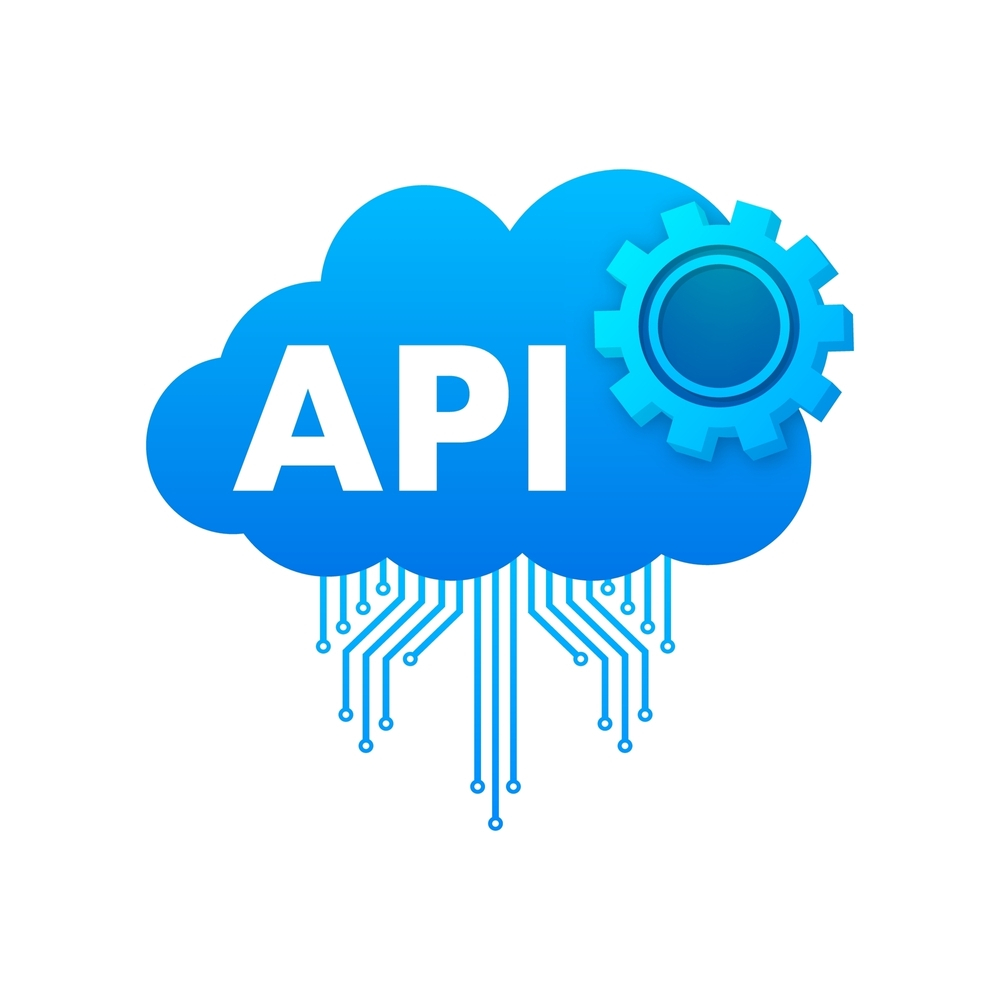Introduction
Application Programming Interfaces (APIs), in our rapidly evolving digital environment, have emerged as the unsung heroes of technical advancement. Our digital world is powered by the exchange of data and functionality made possible by these flexible technologies, which enable seamless connection across multiple software systems. Although there is no denying that APIs have brought forth a new era of creativity and ease, they also present a substantial yet occasionally disregarded threat to cybersecurity. The focus of this comprehensive post will be an in-depth assessment of the growing threat posed by APIs and how they have silently changed into the cybersecurity industry’s silent killers in a variety of sectors.
The API Revolution
We must first recognize the enormous influence APIs have had on our digital environment in order to fully grasp the scope of the cybersecurity threat they pose.
By making it simple for services and apps to communicate with one another, APIs have triggered a technological revolution. By using these crucial parts, developers may benefit from third-party functionality without having to design everything from scratch. The end consequence has been the explosive expansion of networked software ecosystems that have revolutionized a variety of sectors, including banking, healthcare, e-commerce, and more.
The Silent Killer: API Vulnerabilities
Beneath the surface of this technological revolution lies a host of cybersecurity vulnerabilities that often go unnoticed until it’s too late. Let’s explore some of the most significant risks associated with APIs:
- Insufficient Authentication and authorization: Weak or incorrectly built authentication and authorization systems might allow unauthorised users to access confidential information or use APIs to commit crimes. Hackers may use these flaws to obtain unauthorised access if there aren’t strong defences in place.
- Data Exposure: The exchange of private information across systems is frequently made possible using APIs. Without adequate safeguards, this information may be made public, which might result in serious data breaches and privacy violations. The well-known Facebook-Cambridge Analytics incident is a sobering example of how exposing data via an API may have far-reaching effects.
- Broken Authentication: Inadvertently exposing API keys, session IDs, or authentication tokens in developers’ code. These mistakes might be taken advantage of by cybercriminals to masquerade as authorized users and get unapproved access to systems.
- Access Control: Attacks that deny access to a service (denial of service, or “DoS”) can cause service interruptions by overloading APIs with requests. With DoS assaults, attackers can cripple essential operations and generate huge financial losses by focusing on APIs.
- Lack of Rate Limiting: APIs without reliable rate limiting measures are open to misuse. An overwhelming volume of queries from malicious actors might overwhelm an API, causing disruption or the scraping of vital data.
- Inadequate Logging and Monitoring: Without proper logging and monitoring of API operations, it might be difficult to identify unauthorized access or questionable activity in real time. Attackers may be given the chance to go unnoticed for a long time due to this delay.
- Third-party Risks: Many organisations rely on third-party APIs to expand their functions. However, the organisation may not always be able to oversee the security of these third-party APIs. A breach or weakness in a third-party API can have cascading consequences on connected systems, resulting in broad security breaches.
Mitigating API Security Risks

To combat the silent killer of API-related cybersecurity risks, organizations must adopt a proactive approach to API security. Here are essential steps to enhance API security:
- API Security Assess: The security of your APIs on a regular basis by doing thorough penetration tests and vulnerability analyses.
- Strong Authentication and Authorization: Use powerful mechanisms for authentication and authorization, such OAuth2, and frequently check their efficacy.
- Data Encryption: safeguard sensitive information from prying eyes by using data encryption techniques to safeguard it while it is in transit and at rest.
- Rate Limiting and Throttling: Implement rate restriction and throttling to stop API misuse and strengthen security measures against DoS attacks.
- Monitoring and logging: Set up ongoing monitoring and thorough logging to quickly identify and address security problems.
- Third-party API Evaluation: Before integrating, thoroughly check third-party APIs for security, privacy, and compliance. You should also check their security posture on a regular basis.
Conclusion
Modern technology’s fundamental building block, APIs, make it simple to move data and functionality between many different platforms. However, because of their strength and ubiquity, they also serve as a silent destroyer of cybersecurity worries across all industries. To shield themselves against these risks, organisations must place a high premium on API security, putting in place robust measures to mitigate vulnerabilities and actively monitoring their API ecosystems. By doing this, businesses may continue to benefit from APIs while preserving their reputation and digital assets in a connected world. API security concerns must be addressed; ignoring them is not an option. It is time to find and eliminate the covert assassins who are threatening our technological advancement.







